Today’s journal club examines the nature of how we measure energy expenditure in the lab.
Calorie burn stats can be found on every piece of cardio equipment and equations to estimate how many calories we burn during any exercise can be found all over the internet. The truth of the matter, though, is that measuring how many calories we burn during an activity is no easy task, even under the best circumstances. Today’s journal club is going to examine the process and difficulty of measuring and estimating how many calories we burn when we do an exercise. This study approached the task by focusing on the squat and bench press exercises. It was published in 2007 and is titled, Energy expenditure during bench press and squat exercises.
The authors explained in the introduction that because resistance exercise “induces muscle metabolic demands across all 3 energy systems, it is impossible to accurately measure the energy demands of moderate to high intensity resistance training using indirect calorimetry.” We’ve read about indirect calorimetry in a previous post. This technique measures the energy expenditure via how much oxygen we consume. The authors explained that not all of the energy systems utilized by resistance training involve oxygen consumption. Consequently, measuring VO2 with the indirect calorimetry underestimates the energy expended during weight lifting. Arguably, the participants of the Binzen, et al., 2001 study burned more kcals than was measured via indirect calorimetry.
In an attempt to more accurately measure energy expenditure while squatting or bench pressing, today’s authors had their participants use weights that did not require the use of the anaerobic energy systems. That is, only oxygen consumption should have provided the energy to do the lifts. That should have allowed the use of indirect calorimetry to accurately measure the expenditure for the squat and bench press. With that data, they hoped to make more accurate prediction equations for the general population to use in their work outs.
Methods
The participants of this study were all males and considered “trained”. There were 2 groups. The first group had 23 participants and did the bench press. The second group had 20 participants and did the squat. Below are the descriptive stats for each group. As always, they’re group averages and rounded to the nearest whole number for the ease of viewing.
All of the participants had their 1RM strength measured for the lift. During both the 1RM test and the study sessions, the lifters had 3 people to watch the weights and their technique. Technique was judged the same as in competitive powerlifting. Each participant attempted to follow the same technique and the same timing for reps. The researchers worked with them to ensure they did so as much as possible. The distance of the bar path and timing was measured.
As I said above, the participants did reps with weights below the threshold to the anaerobic energy system so that they only used oxygen to power their muscles. They used a range of weights between 5-23% of their 1RM. They did 5 sets, each 5 minutes of continuous repetitions. Each set was separated by at least 5 minutes to allow for full recovery.
While doing the sets, the researchers used indirect calorimetry to measure their energy expenditure. I’ve explained before how this is for the exerciser.
With all of that data, the researchers developed prediction equations and they compared them to previous studies of energy expenditure and reported estimation equations.
Results
Because the nature of this study was about the difficulties of measuring energy expenditure and to create estimation equations, there was no individual number to report as the number for kcal burn.
The gen pop equations that they came up with from the data are provided below.
Squat: VO2 (L*min) = -1.424 + (0.022)(X1) + (0.035)(X2)
Bench Press: VO2 (L*min) = 0.132 + (0.031)(X1) + (0.01)(X2)
X1 is weight in kg, X2 is the bar distance in cm
Each L*min of oxygen consumed is ~5 kcals
These equations produced a range of kcals/min for the bench press of 10.49 – 16.25, depending on the weight. The range for the squat was 10.85 – 18.98 kcals/min. The measured expenditure in this study and these equations produced higher kcal numbers than did any of the studies the authors cited.
The researchers graphed the results of the kcals burned by power. Below are the graphs for both lifts.
Implications / Thoughts
As we can see, the relationship between kcals burned and the weight/distance/speed is obvious. Still, there is variability between participants. The use of cardio machines and web equations (or even these research equations) will not give us an “accurate” number. We will burn more or less than the equations claim. While having your expenditure measured via indirect calorimetry is much more accurate than any equation, that too will still be an estimate with some degree of inaccuracy.
The researchers also cited a number of studies that examined energy expenditure through a range of intensities. The kcals we burn seem to curve up when working in the higher intensities, such that the progression up through the higher intensities result in disproportionately more kcals burned. This is in line with what the researchers already said about the non-oxygen energy systems that get involved at higher intensities and result in more calories burned than predicted.
Going further with this understanding, the researchers touched on EPOC. They said, “because EPOC is so complex and its length and magnitude are affected by so many variables, it is inaccurate to simply continue indirect calorimetry until VO2 returns to pre-exercise levels…” Differences in the methods of every study may explain the range of EPOC levels reported, from nothing to a lot.
In Conclusion
This study delved into the complexities of measuring our energy expenditure. While these researchers focused on the squat and bench press to get their point across, it generalizes to all exercises. Most estimation equations will not be accurate and even measurements under the best of circumstances in a research lab will have some amount of inaccuracy.
Rather than worrying about precisely how many kcals we burn for each exercise, we should think about what is more or less taxing to us. If an exercise increased your heart rate, then you can be confident that we’re burning some kcals. Exactly how many doesn’t matter so long as we’re putting the work in overall. Save your mental efforts for the primary concerns, like just maintaining a regular training schedule and being active in general. That will get you further than persevering on exact numbers that can never actually be “exact.”
If you have any questions about this study or anything I said, please feel free to leave a comment. I will get back to you and others may have insight to offer, too. If you have any questions or topic suggestions that you would like answered as a post, then please email me at robert@analyticfitness.com.
Don’t forget to like Analytic Fitness on Facebook, or follow me on Twitter or the other social medias!
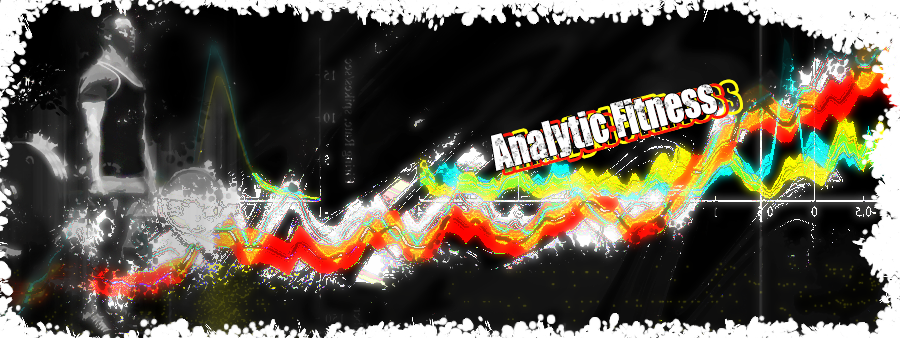
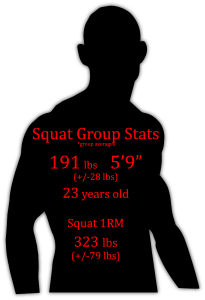
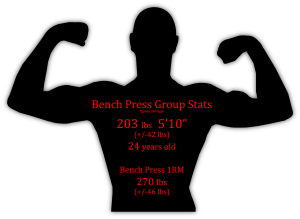
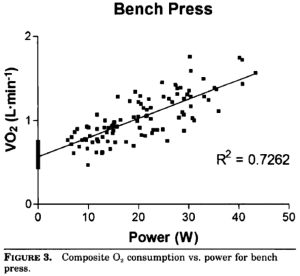
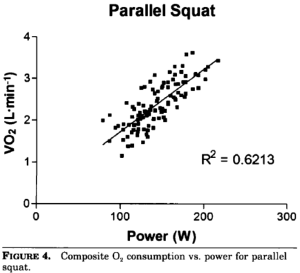




POST REPLY